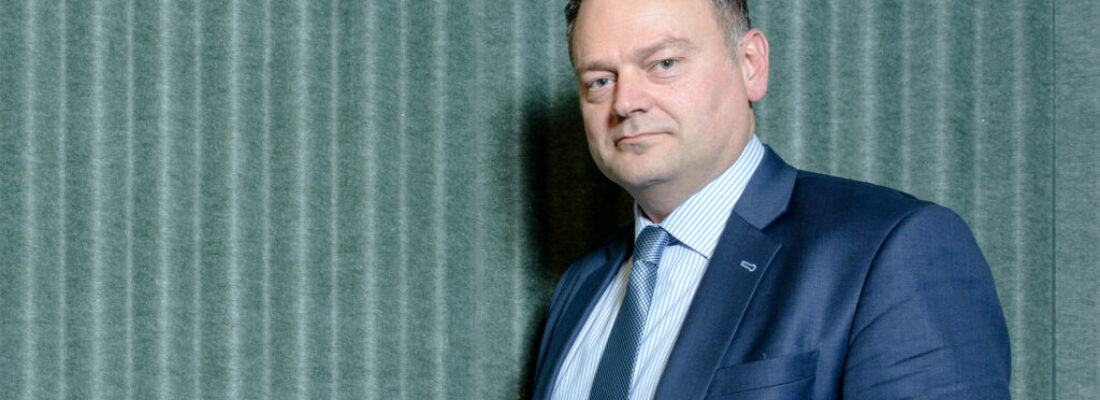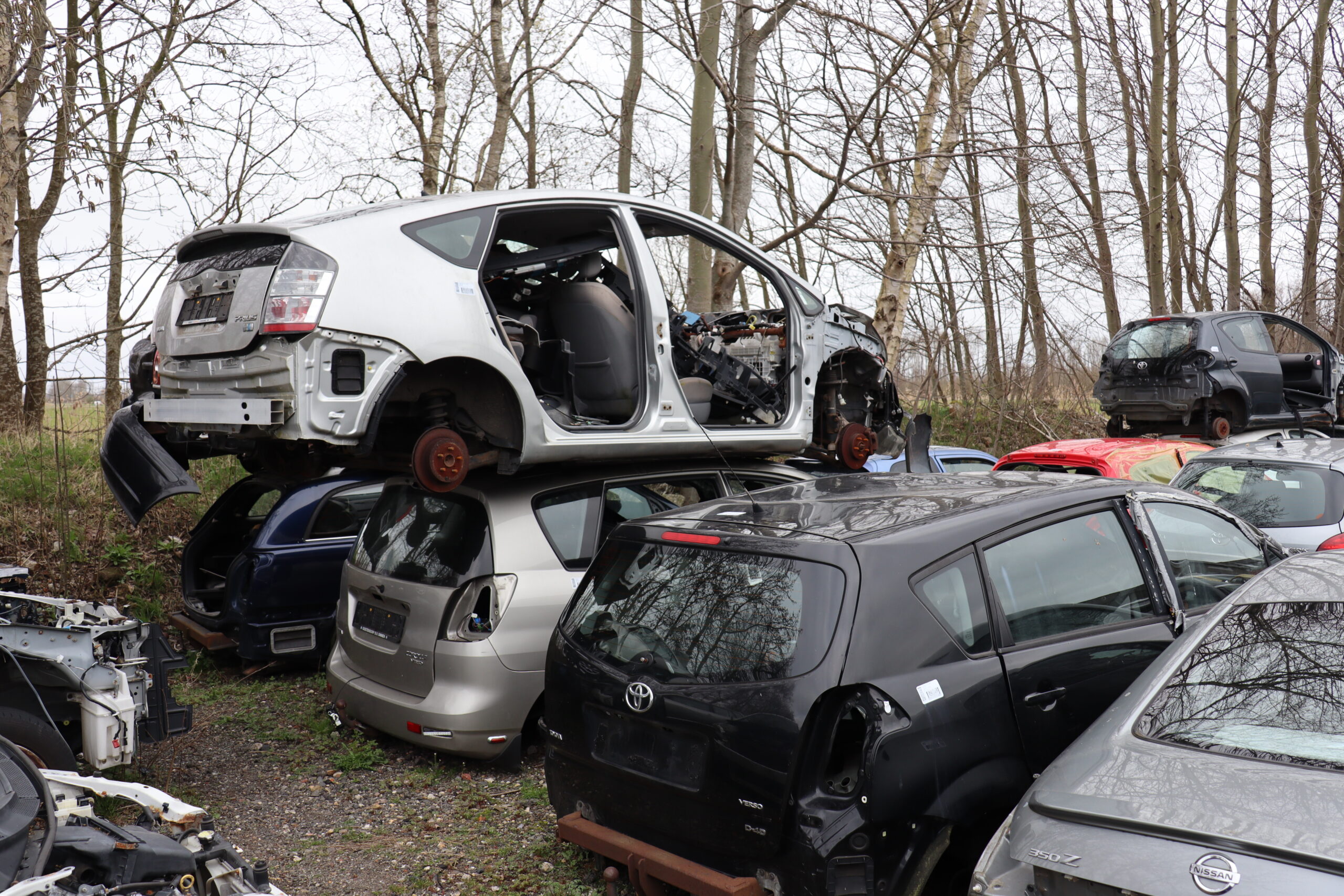The new National Waste Management Plan (LAP 3) contains a set of rules and guidelines for waste policy in the Netherlands for the years 2017-2023. The plan also provides a clear directional indicator that should help our country become completely circular by the year 2050. What do the new guidelines mean for companies in the Netherlands? “The LAP 3 takes the Netherlands beyond Europe,” says Cor Wittekoek, the new chairman of the Dutch Association for Producer Responsibility (VPN). “That’s not a problem as long as the government puts more effort into enforcement.”
Tekst ARN Redactie
The new waste management plan contains new rules and agreements for waste management, aimed at enabling a smooth transition to a circular economy.
The basic philosophy behind it is that waste as we know it is to become a ‘new raw material’. Naturally, this does not happen overnight. The central government’s goal is to become completely circular in 2050. The first step is to consume half as many primary raw materials in 2030 than in 2016.
LAP 3 represents important steps in this circular way of thinking at on a rather practical level. It includes a focus on high-quality recycling and raises the minimum standard for the processing of various waste flows.
Route to circularity
Cor Wittekoek is chairman of an association that helps producers assume responsibility for waste products. Wittekoek, who is also the CEO of Vlakglas Recycling which, like ARN, is affiliated with the Dutch Association for Producer Responsibility (VPN), has noticed that the Dutch government has defined a practical route towards circularity with LAP 3. “LAP 3 describes how we should deal with waste products in the Netherlands and how we should collect certain products separately. These are primarily products that are not covered by European legislation. The Netherlands is ahead of Europe in some respects when it comes to stricter requirements. The pace has slowed down a bit, however, due to the competitive disadvantage of compliance with stricter requirements for the business community.”
Clarity and workability
Wittekoek is primarily interested in clarity and workability for his constituents and calls the LAP 3 a step in the right direction. He does not feel it is problematic that the government is keeping the business community on its toes with the rules dictated in LAP 3, some of which are quite stringent. “As far as I’m concerned, the rules could be even stricter. We’re all pursuing a circular economy. And if you set the bar high, companies tend to step up their efforts.” Wittekoek does have one ‘but’: “Serious rules are not a problem. But the playing field needs to be level and that makes proper enforcement essential. Serious companies adhere to the guidelines and assume their responsibility, while the ‘free riders’ don’t. Since a lack of capacity means little enforcement among the latter, they can work a lot more inexpensively in general. Enforcement falls short and we believe something must be done about this.”
The power of voluntariness
The VPN chairman believes that there is a clear willingness to achieve progress. “I consider it my responsibility to get the various parties with producer responsibility to work together. The legislation and regulations of which LAP 3 is a part impose rules and procedures, but underestimate the power of voluntariness. I’m hopeful that the industry will put its heads together to make progress towards circularity. After all, at the end of the day, we all want a circular economy.”
“Serious rules are not a problem. But the playing field needs to be level and that makes proper enforcement essential.”
What are the changes?
LAP 3 contains various sector plans that are of major importance for the chain partners in car recycling, such as the sector plans for end-of-life vehicles, shredder waste, batteries and waste oil.
How does LAP 3 change the current rules? Janet Kes, Manager of Corporate & Public Affairs at ARN, gives a few examples. “The best-known change for ARN is that LAP 3 distinguishes between car shredder waste (ASR) and shredder waste (SR). When it comes to ASR, a maximum of 5% of shredder waste input may be dumped. In other words, at least 95% of ASR must be repurposed. In addition, car shredder waste must be distributed evenly over the year in terms of transport to a car shredder waste processing plant.”
In the future, there may also be a distinction between different forms of recycling. The question is whether parts need to be selectively dismantled beforehand or whether it is better to repurpose them via shredder waste after recycling. “An interim revision to the minimum standard may be implemented or changes to laws and regulations.”
LAP 3 also mentions costs. Waste processing needs to take place on as high a level as possible to ensure that the material does not lose too much value. The government had already imposed an important limitation for recycling costs of over 175 euros per tonne. “That amount has now been increased to 205 euros per tonne. If processing costs more than 205 euros in accordance with the minimum standard, lower grade processing will have to take place.”
And does LAP 3 mention batteries? “The final waste status for propulsion batteries is now also included in the sector plan for batteries. The final waste status for discarded batteries from electric and hybrid cars was not included in LAP 2, but LAP 3 includes the use of a propulsion battery for energy storage as an officially permissible processing alternative.”



